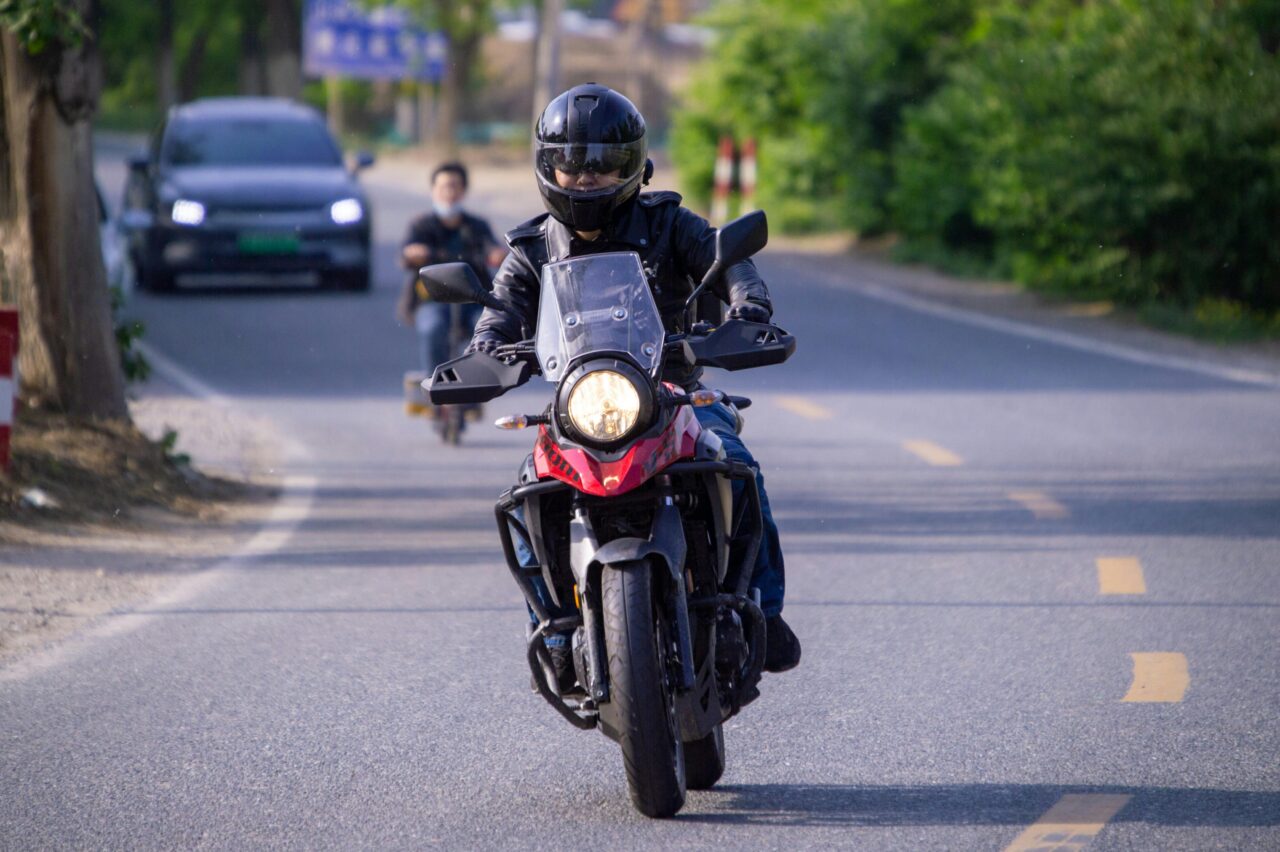According to the National Highway Traffic Safety Administration, motorcyclists are 28 times more likely than people in passenger cars to die in a traffic crash, and they account for 14 percent of all traffic-related fatalities despite representing only three percent of the registered motor vehicle fleet. In recognition of National Motorcycle Day July 12, CPC Logistics shares tips—some of which come from the American Trucking Association’s “Share the Road” campaign—to help professional truck drivers and motorcyclists travel safely together.

Maintaining a Safe Following Distance
The Federal Motor Carrier Safety Administration’s Large Truck Crash Causation Study reported that five percent of truck crashes occurred when the commercial motor vehicle driver followed the lead vehicle too closely.
Maintaining a safe following distance is crucial for truck drivers, as they need additional space between their vehicle and other motorists to allow for safe braking and unexpected actions. This fact is no different when motorcyclists are on the road. Motorcyclists often slow down by downshifting or rolling off the throttle, which does not always activate their brake light. Truck drivers should allow for more following distance and be aware that motorcyclists may slow down without a visual warning, especially at intersections or when turning.
Truck drivers should be particularly mindful of the space between their vehicle and a motorcycle when traveling at high speeds or in inclement weather. For speeds below 40 miles per hour, leave at least one second for every 10 feet of vehicle length. For speeds over 40 miles per hour, add one additional second. Those distances should be doubled in adverse conditions like rain, ice or snow.
Navigating Passing and Intersections
Passing and turning at intersections requires heightened attention and care. Truck drivers can exercise caution by taking the following actions.
- At highway speeds, motorcyclists encounter a lot of turbulent air toward the front of large trucks when passing. Allow motorcycles to pass as quickly as possible by backing off the throttle.
- Intersections are high-risk areas. Nearly 70 percent of motorcycle accidents occur at intersections, particularly busy ones with high traffic, poor visibility and speeding. Be sure to approach traffic lights and stop signs with caution.
Review this FACT Notice about traffic signals for a comprehensive list of best practices.
Understanding and Managing Blind Spots
Blind spots, or areas where motorcyclists can disappear from a truck driver’s view, are particularly dangerous. Common blind spots include:
- Off to the side just in front of the cab.
- Just behind the side mirrors.
- Directly behind the truck.
- Anywhere the driver is not looking.
It is important for truck drivers to be aware of any motorcycles in their blind spots, especially if there is more than one rider in the group. Try to count the number of headlights to keep track of how many motorcycles pass the truck.
Check rearview mirrors frequently and signal and brake early to give motorcyclists plenty of time to notice your intentions. These actions can help prevent accidents even when a motorcycle enters a blind spot. Review this FACT Notice about knowing your blind spots for more information.
At CPC Logistics we believe that safety is a shared responsibility. By following these guidelines, you can help ensure that everyone on the road arrives safely at their destinations.

